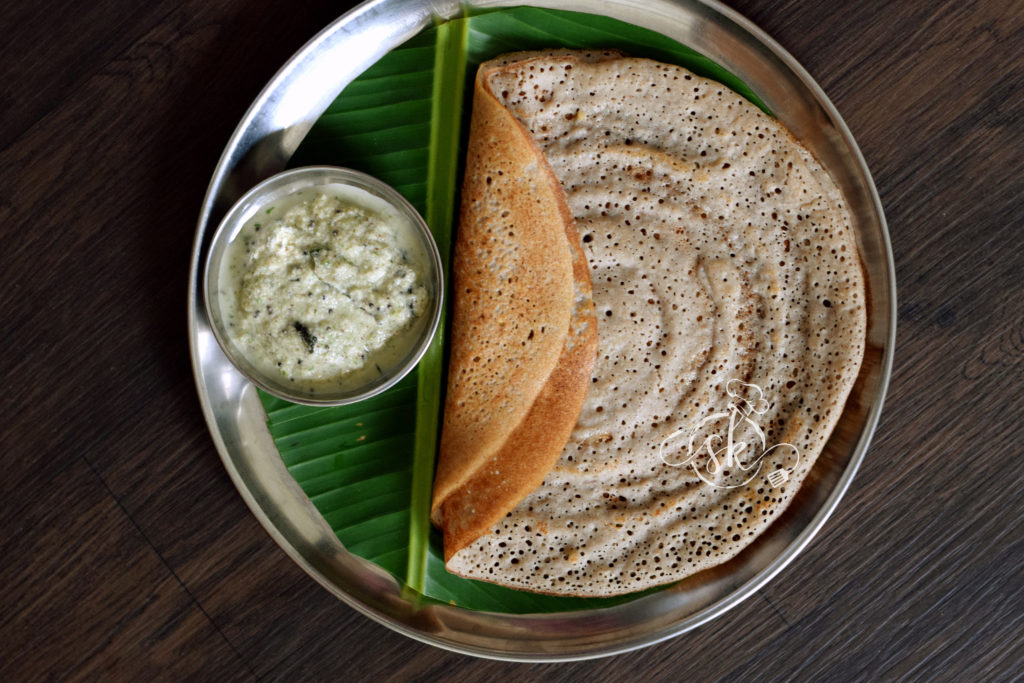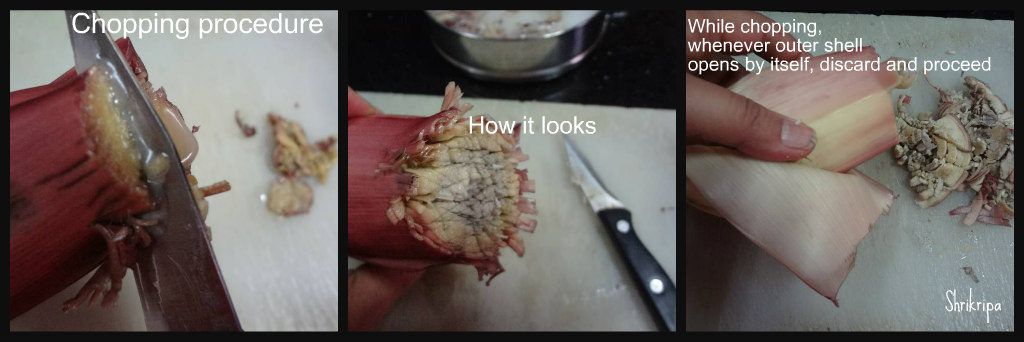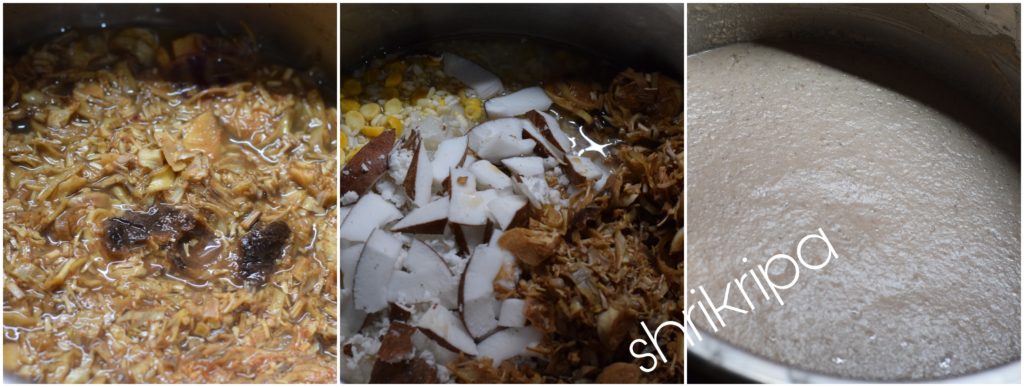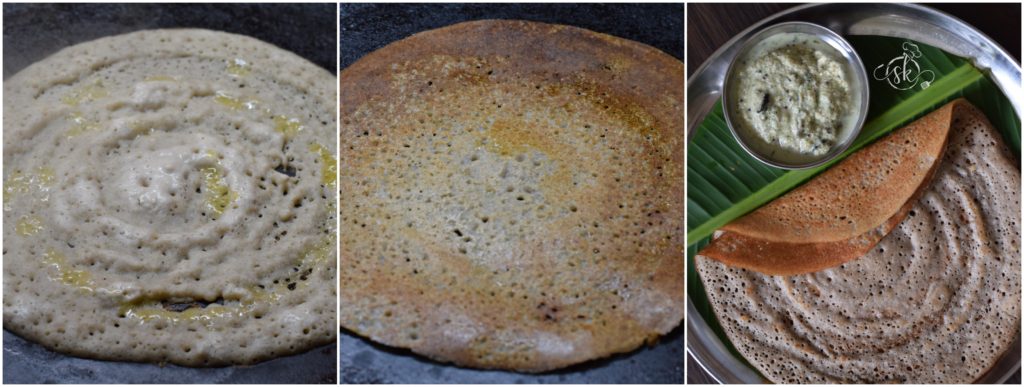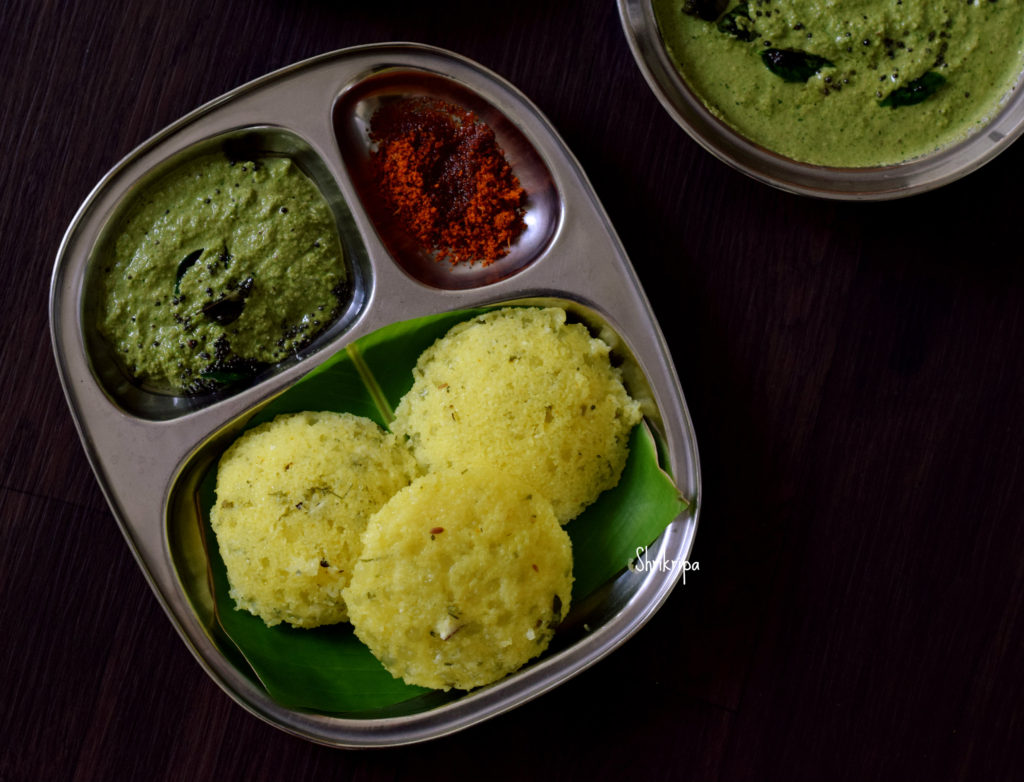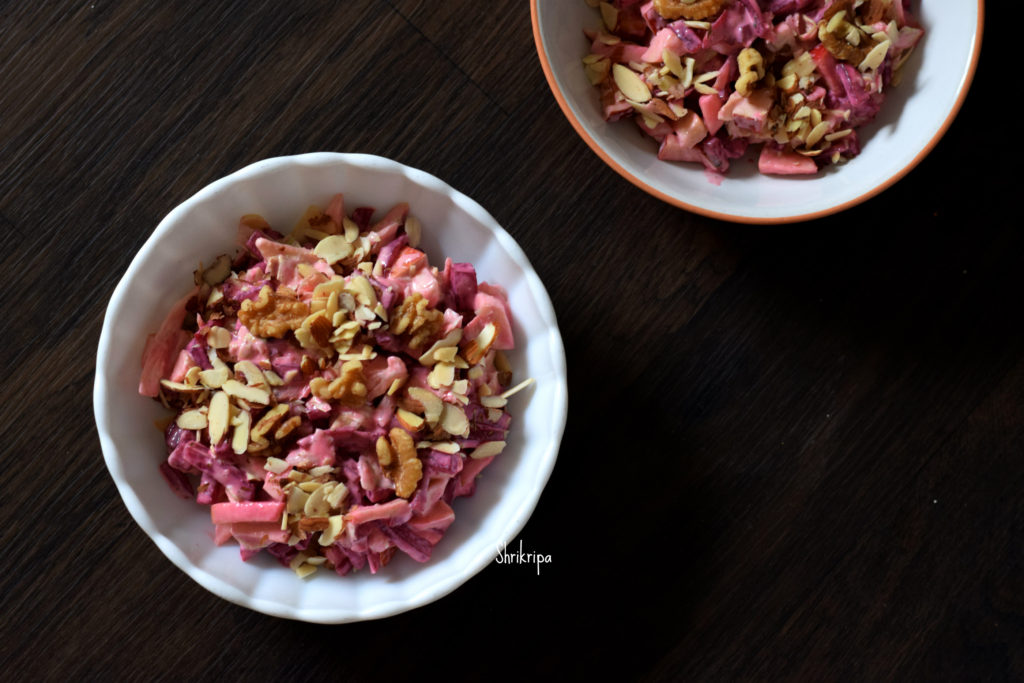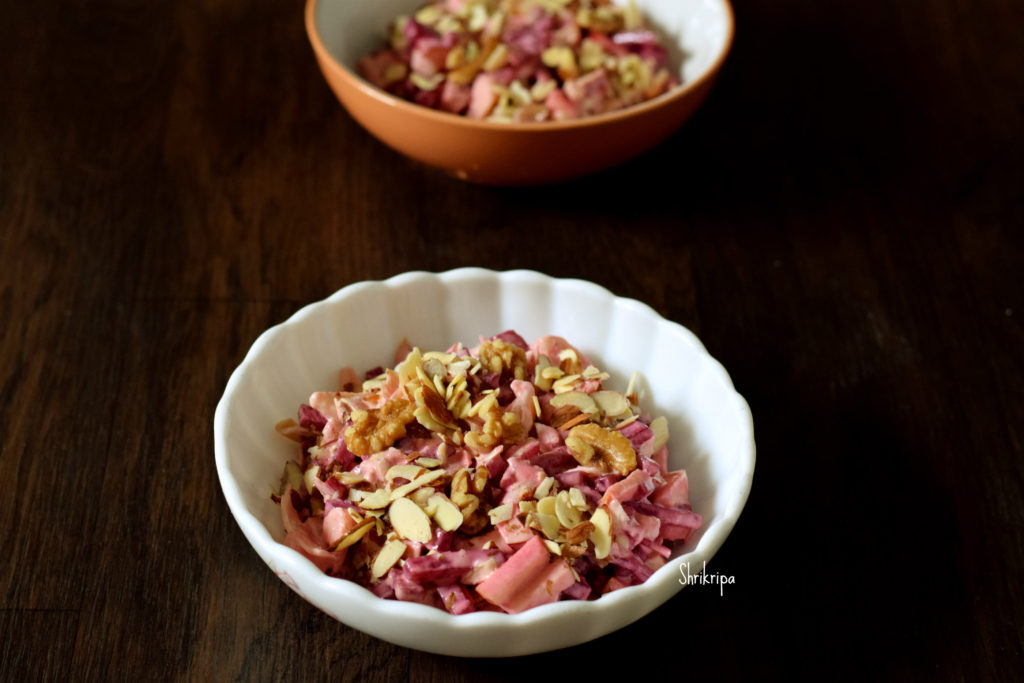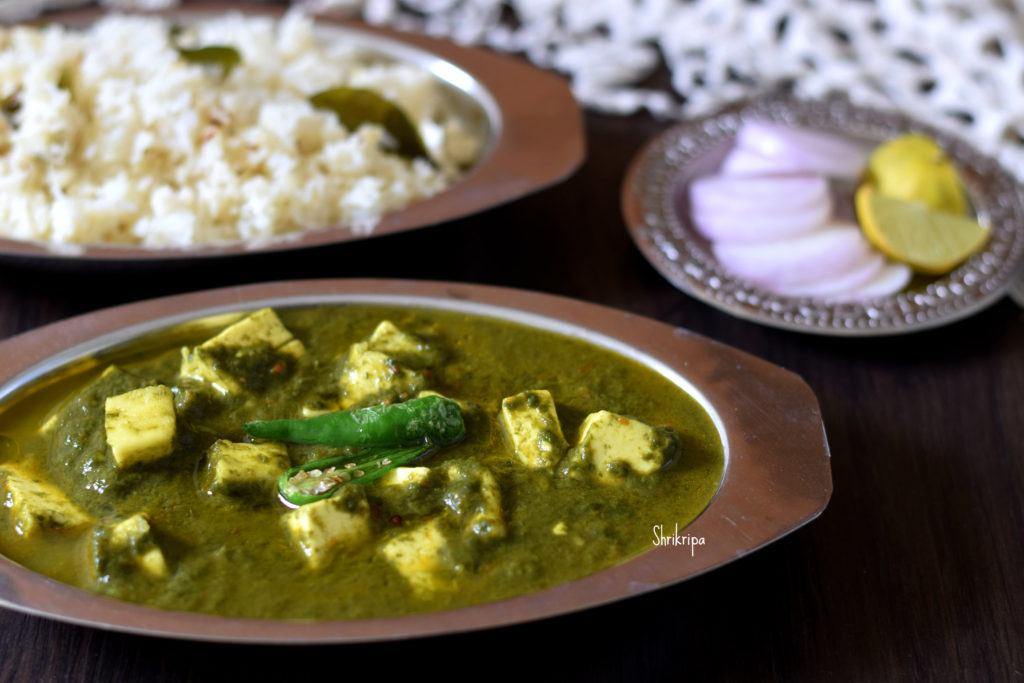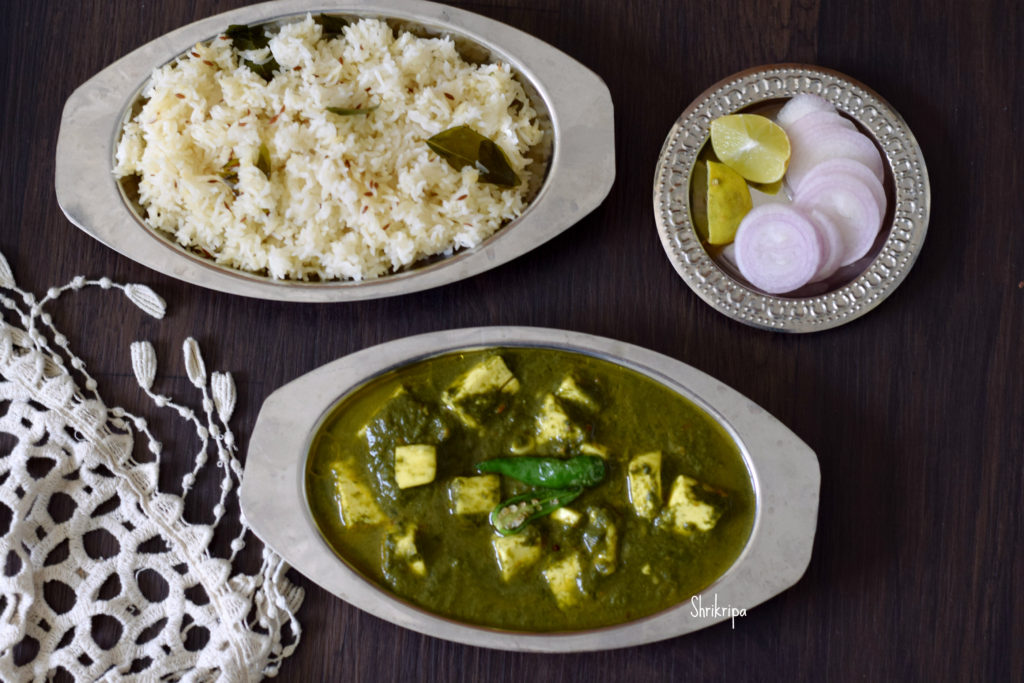Buddha bowl is wholesome and rich in protein, fibre, and goodness.
When my daughter wanted to experience the dish’s taste, it was a real challenge to me. She had an idea about the final dish, what all should contain, a list of vegetables, how it should turn out everything in her mind and had given a list of her choices.
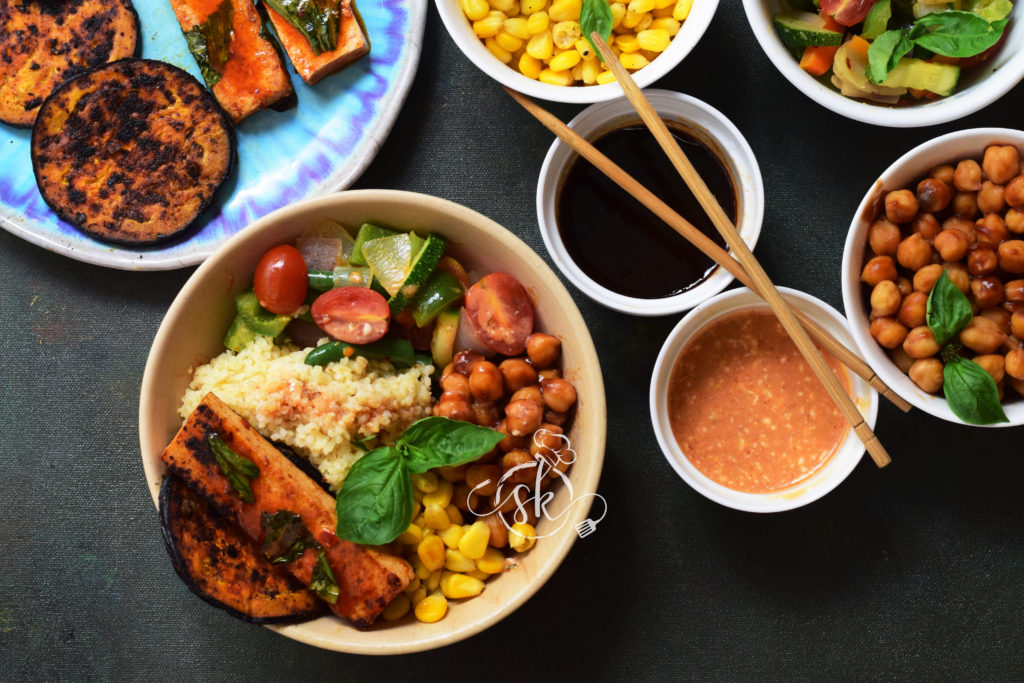
Dalia: Source of carbohydrate
She was not happy about the usage of rice. Hence, prepared the broken wheat precisely like how we cook rice for fried rice, by putting in a lot of water, oil, salt. Boil well, cook and strain. It tasted pretty well.

Then comes the Chana/Chickpea – Source of plant protein
– Soaked the Kabuli chana, sprouted, cooked in a cooker by adding salt two drops of oil. Drained and tossed with little tomato sauce, Soy sauce, and cooked for 2 minutes.

I follow one more method: heat oil, add ginger juvenile, hing, cooked chana, salt, coriander powder, cumin powder, a pinch of sugar.
Note Addition of oil while cooking high protein legumes helps to avoid bloating.
Next, Brinjal: Cut brinjal into 4 to 5 slices. Marinate with salt, crushed garlic, red chilli powder, Rasam powder, tamarind powder, little olive oil.
Roast it on a hot iron skillet by sprinkling little oil.

Tofu – Protein
Slice 4 pieces marinate with Sriracha sauce, Sweet chilli garlic sauce, four basil leaves (torn), olive oil.
Roast it in a hot iron skillet.
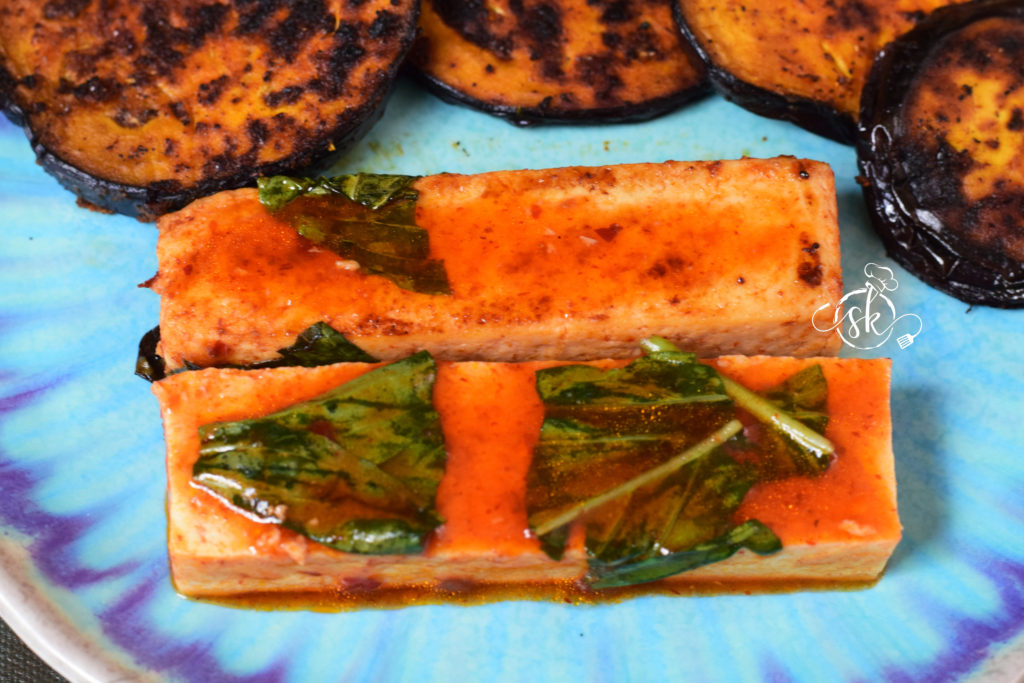
Tossed Veggies:
Veggies used here are – Cauliflower, Broccoli, Beans, Carrot (blanched)
green capsicum, red and yellow capsicum – half each
One onion – diced
I have used butter for tossing these veggies. At first, onion, then capsicum, then blanched veggies. Add garlic salt, pepper, red chilli flakes.
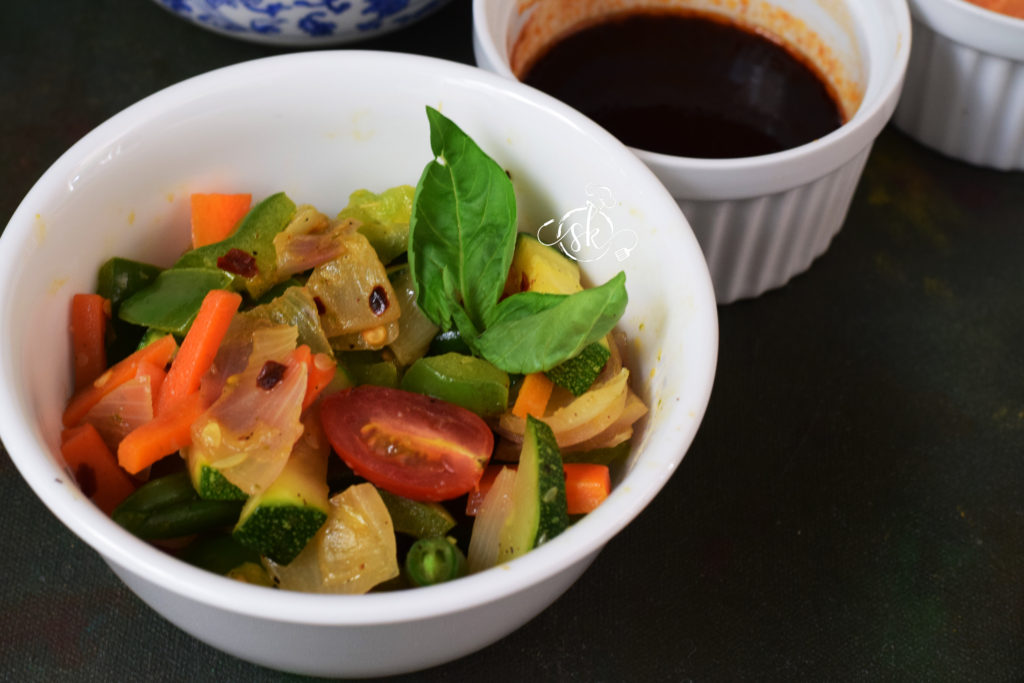
Sweetcorn:
Boil, drain, toss with salt, butter, pepper powder.
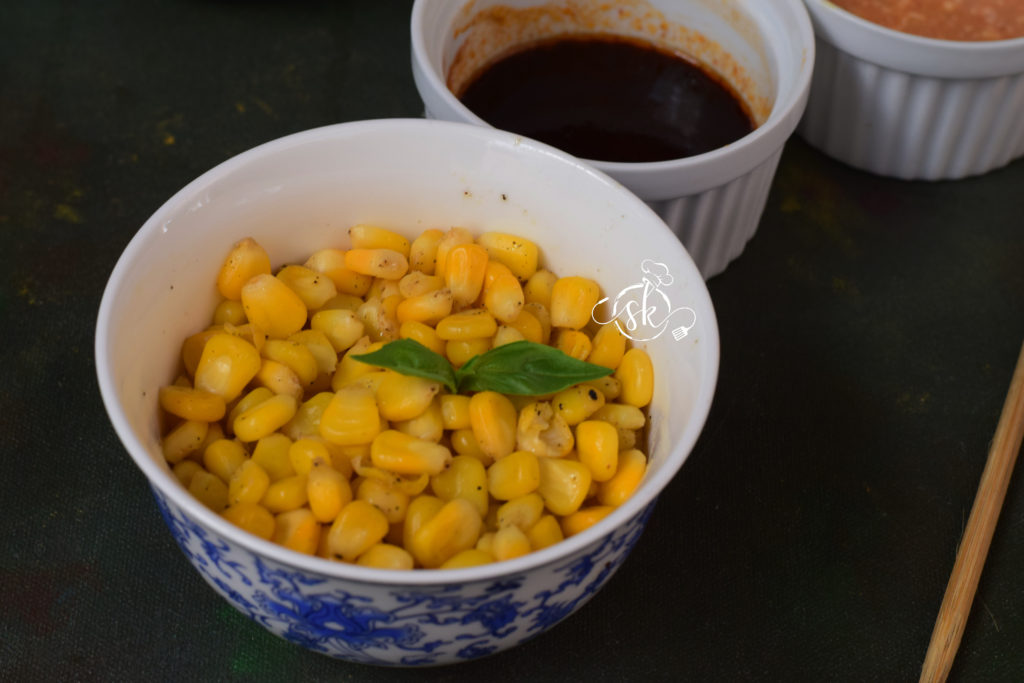
2 Sauces: Dressings
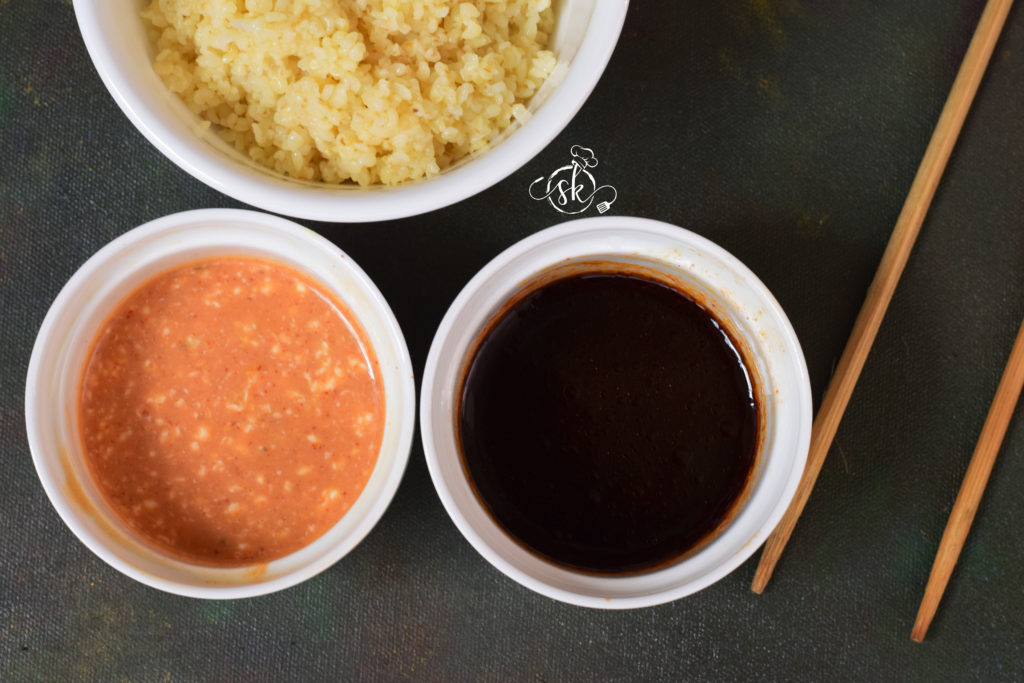
One sauce is: Add Sriracha sauce, Honey, little sesame oil and Soy Sauce (add according to your taste). Adjust the consistency by adding 1 or 2 spoons of water.
The second sauce is: Add Sriracha sauce, Veg Mayonnaise, Red chilli powder ¼ tsp, Sweet chilli sauce, Maple syrup (add according to your taste). Adjust the consistency by adding 1 or 2 spoons of water.





